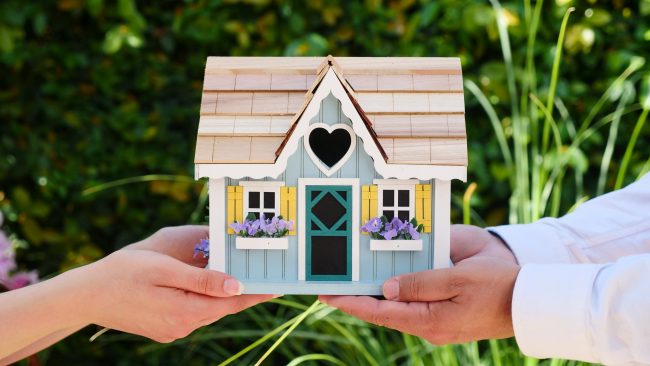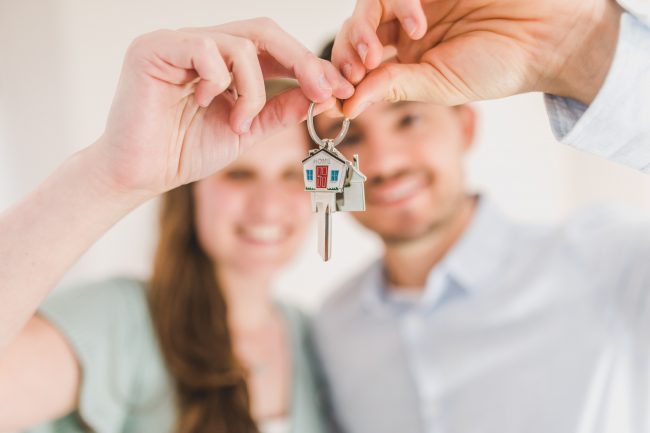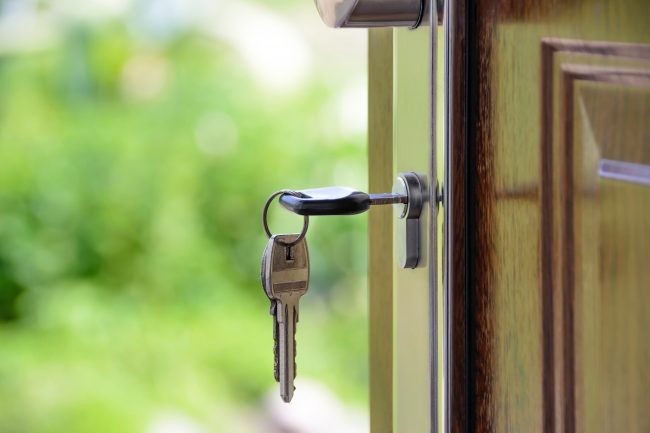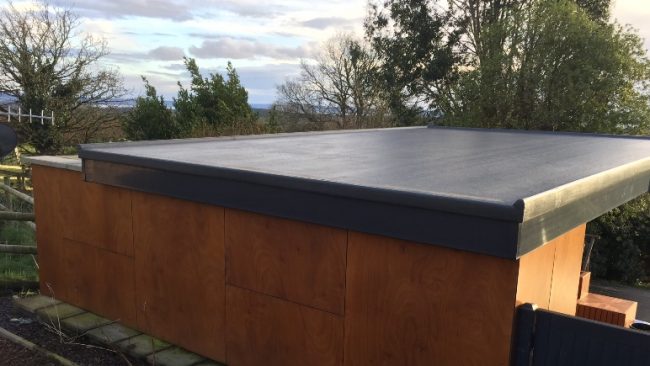Aldershot is a town in North Hampshire, which is most well known as the home of the British Army. The presence of the Army has had a great influence on the town. Each year the Aldershot Garrison Show attracts 60,000 visitors. So if you’re looking at moving to the area, you should be aware that Army is a massive part of the community.
Location
Aldershot is placed approximately halfway between the towns of Farnborough and Guildford, which are both very well connected to London. This means that it has good links to the capital, but with less of a commute than most places in Greater London. Plus, the house prices are much lower – which is great news for anyone looking at moving here.
Aldershot also benefits from being close to some very picturesque countryside including Bisley Common and Rushmoor Country Park.
What’s in Aldershot?
Before buying a house in Aldershot, you’ll want to know what there is to do in your potential new home town. And there is plenty to enjoy.
Aldershot Military Museum
Visit Hampshire provides information on a vast number of tourist attractions, including the Aldershot Military Museum. The museum is housed in the only remaining brick-built barrack blocks left in Aldershot. The museum tells the story of soldiers in the town since 1854. Throughout the year the museum runs fun, family-friendly events.
Theatre
Located in Hampshire, just a half an hour drive away, The Phoenix Theatre hosts regular comedy shows and musical nights. There are also other theatres like the John Robinson which puts on productions by local groups for community members.
Festivals
The town hosts a number of festivals throughout the year including the Aldershot Festival every May during the school holidays, which features music concerts, sports and family fun days out.
Aldershot Leisure Centre
If you’re in to fitness, Aldershot Pools & Fitness Centre has everything you need. Their mission is to put their heart and soul into ‘creating active places and healthy people’. The centre is a place for everyone, with family memberships available.
Property
When looking for available properties to buy in Aldershot, Prime Location features a great range from 1 bedroom flats to 5 bedroom family houses. Prices start at £82,000 and go up to just under £900,000. So whatever you budget and space need, there is something available for you in Aldershot.
There has been a steady increase in house prices over the last few years, but they’re still relatively low compared with other towns and cities in Greater London.
If you have young children, schools will of course be at the top of your priority list when deciding on a property. As Aldershot is such a large town, there are plenty of schools for you to choose from. You can search available school places on the Hampshire County Council website.
Conveyancing Solicitors Aldershot
Once you have found your dream home in Aldershot and have had your offer accepted, you will need the services of a conveyancing solicitor. Conveyancing takes care of the legal process when buying or selling a house. A conveyancer will undertake all tasks required by law to transfer the property from the seller to you.
Conveyancing can be expensive and time consuming, as well as fees varying greatly between solicitors. To avoid these pitfalls, an online conveyancing service can provide you with a quote to make the whole process easier.
My Conveyancing Specialist are able to provide this service when you’re buying a house in Aldershot. As the conveyancing takes place online, they are able to provide a quote by comparing the best price from conveyancing solicitors across England and Wales. This means your conveyancing service won’t be restricted to Aldershot so you are able to get the best price possible. Furthermore, by using My Conveyancing Specialists, you will be able to contact your conveyancer 24/7 and have the convince of an online service.
The quote provided by My Conveyancing Specialists has a ‘no move, no fee’ guarantee. No only this quote free, but if the sale falls through you will not be charged for the conveyancing service.
Living in Aldershot
The location of Aldershot, being so close to the capital, creates lots of opportunities for employment. It’s a great place to undertake family life, especially if you do work in London but don’t want to bring up your children in the city.
As has been established, there is plenty to do in Aldershot whether or not you have children. With everything that’s on offer in Aldershot, there is no wonder it has flourished as a town for the last few years.
Aldershot is a great town to buy a house in, with a fantastic history and all the amenities and activities you would want today.






